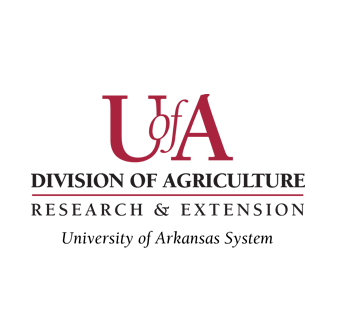Keywords
beef heifers, breeding
Abstract
A study was conducted to determine whether concentration of serum Anti-Mullerian Hormone (AMH) at weaning and/or breeding could predict subsequent fertility in beef heifers. Frequency distribution was used to assign serum AMH concentration measured at weaning, breeding, and the change from weaning to breeding into quartiles. Comparison of heifers based on serum AMH quartiles at weaning failed (P ≥ 0.35) to detect any effect of AMH on subsequent heifer cyclicity at breeding, estrous response after synchronization, artificial insemination (AI) pregnancy rate, overall breeding season pregnancy rate, or estimated estrous cycle of the breeding season when conception occurred. Based on AMH concentration at breeding, heifers in the lowest quartile (Q1) had a lower (P = 0.02) AI pregnancy rate than heifers in other quartiles, and conceived at a later estrous cycle (P = 0.03) in the breeding season. Comparison of heifers based on the difference between AMH concentrations at breeding versus weaning revealed that none of the heifers in the lowest quartile (Q1) became pregnant after AI, compared with 80% in the highest quartile (Q4; P < 0.001). Heifers in the lowest quartile also conceived at a later estrous cycle in the breeding season than heifers in the other quartiles (P = 0.01). Results indicate that either AMH concentration at breeding or the change in AMH from weaning to breeding can identify beef heifers more likely to conceive to AI and to conceive early in the breeding season
Recommended Citation
Newberry, H., Kegley, B., Rosenkrans, C., & Rorie, R. (2016). Use of anti-mullerian hormone to select for fertility in beef heifers. Discovery, The Student Journal of Dale Bumpers College of Agricultural, Food and Life Sciences, 17(1), 79-84. Retrieved from https://scholarworks.uark.edu/discoverymag/vol17/iss1/13




